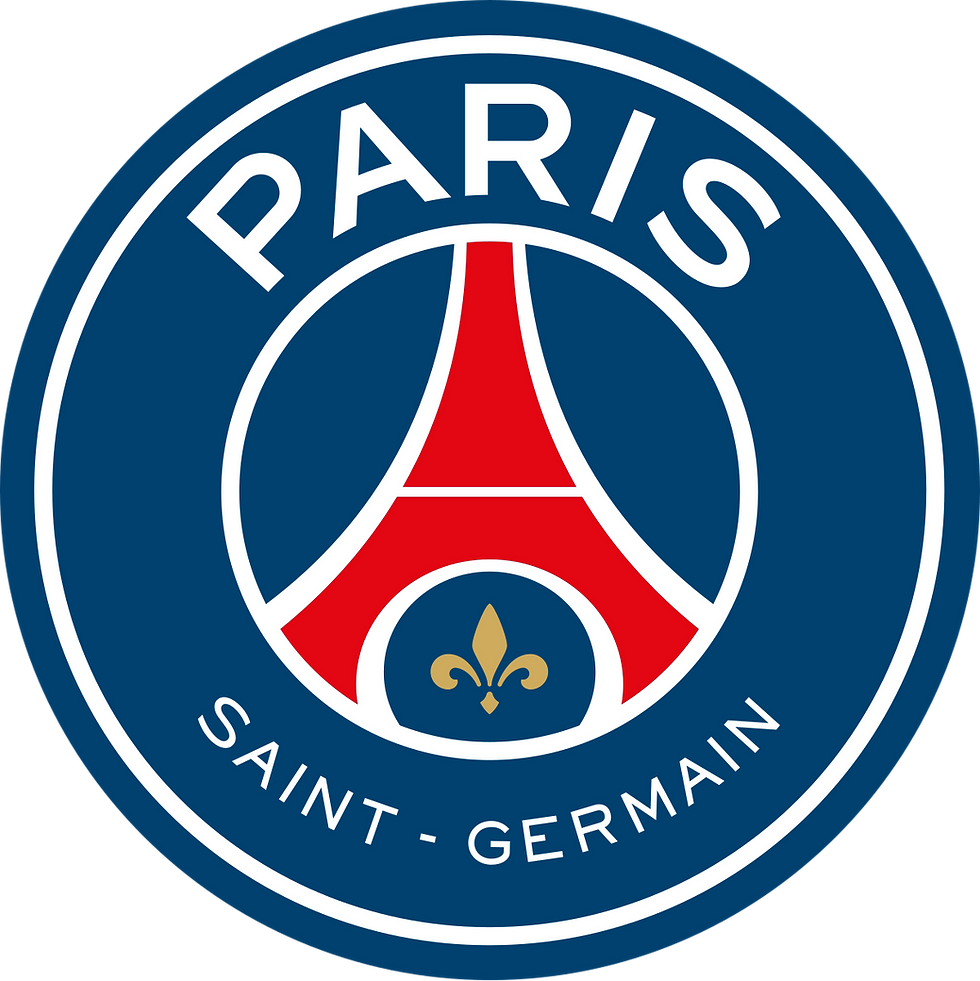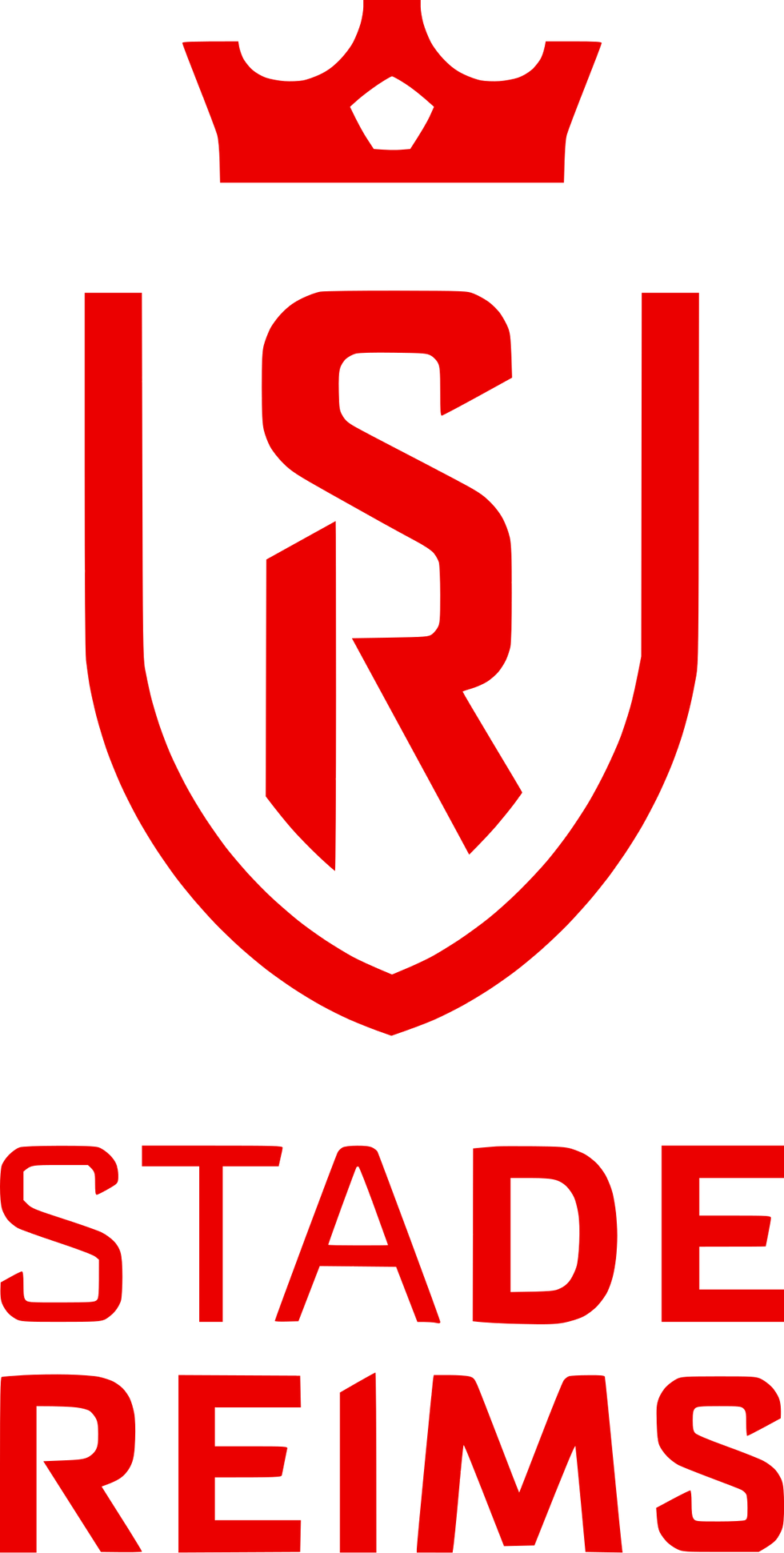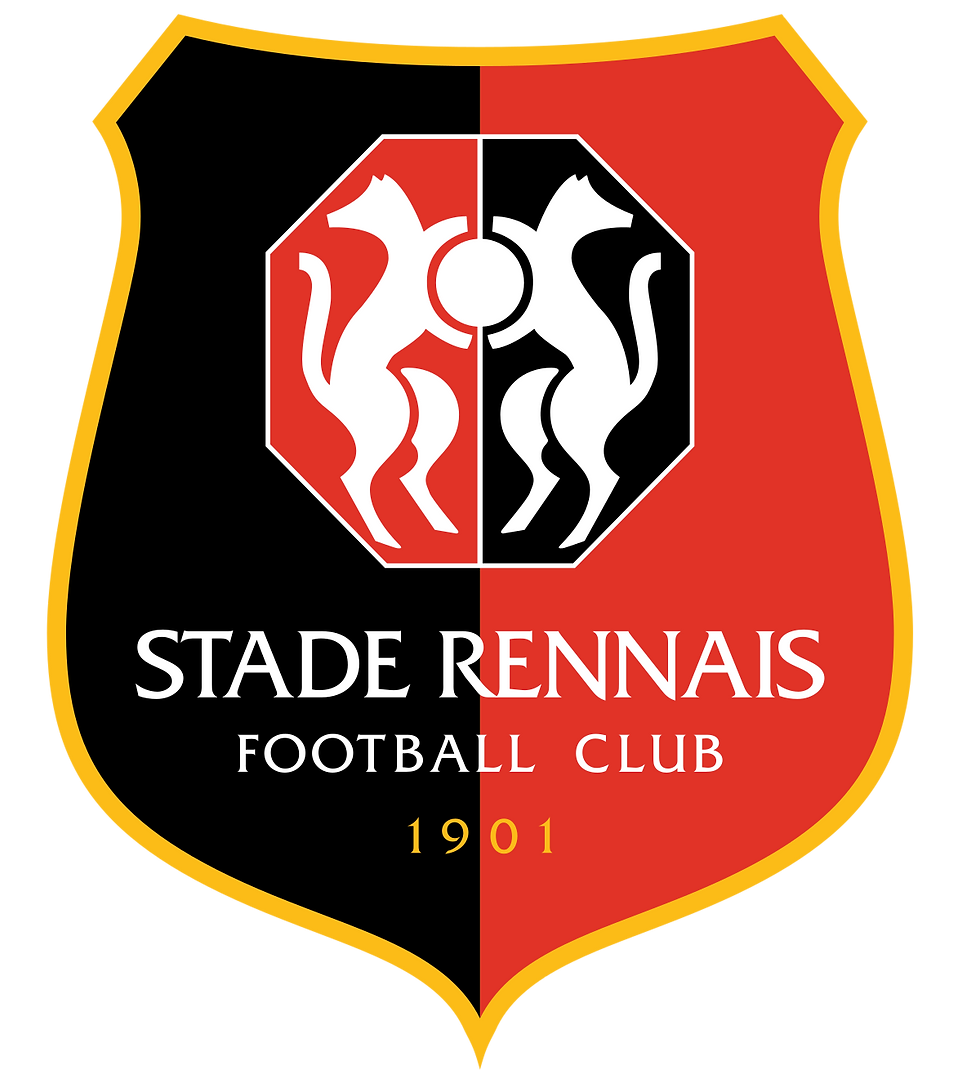AJ Auxerre
- Paul Grange

- Jul 25
- 4 min read

Born from a parish priest looking to give children in his area something to do at the weekends… While some clubs were forged in factories or shaped by empires, AJ Auxerre grew from the pews of a cathedral and the vision of one man: Abbé Deschamps. So, let’s #GetTheBadgeIn for one of France’s most quietly iconic clubs.
Founded in 1905 by Abbé Ernest‑Théodore Valentin Deschamps, a Catholic priest working at Auxerre Cathedral, the club began as a youth organisation that dabbled in a variety of sports. Its name – Association de la Jeunesse Auxerroise – which translates to "Auxerre Youth Association" still shows those origins. At a time when the French government was clamping down on religious influence in public life, Deschamps used the 1901 law on associations to create a private, faith-led sporting club. It wasn’t just about football – it offered gymnastics, military preparation, music, and shooting practice. But it was football that would become the heart of it.
After World War I, Deschamps purchased land on the banks of the Yonne River to give the club a permanent home. That patch of ground eventually became Stade Abbé-Deschamps, named in his honour after his death in 1949 – a rare tribute to a founding figure whose fingerprints are still visible in every corner of the club. It has yet to sell its soul to corporate advertising – the Dunkin Donuts Stadium it is not (yet…).
Right at the centre of the club’s identity is its badge – a crisp, clean blue shield bearing a white Maltese cross and a football. It has deep historical roots. Originally the symbol of the Knights Hospitaller, a medieval Catholic military order formed during the Crusades, the eight-pointed cross later became associated with the island of Malta, where the knights were based from the 1500s. Over time, it came to represent courage, service, loyalty, and care – qualities the Church wanted to instil in youth. By the late 19th century, the Maltese cross had been adopted across France by Catholic youth groups, who wanted to instil those values in the children in their care.
For British readers, it’s the same cross used today by St John Ambulance in the UK, whose own roots trace back to the same Knightly Order. Faith, football, and first aid – on both sides of the Channel.
The man who truly brought Deschamps’ vision to life was Guy Roux – a schoolteacher‑turned‑manager who took charge of the team for 44 years. Under Roux, AJ Auxerre rose from the regional divisions of amateur football to the very top of the French game.
Their success was built not on money, but on youth development. Auxerre’s academy became one of the finest in France, producing stars like Eric Cantona (you may have heard of him…), Djibril Cissé, Bacary Sagna, and Philippe Mexès. These were products of a club philosophy that believed in moulding talent over time. It all paid off in 1996, when they won both Ligue 1 and the Coupe de France – completing a domestic double and knocking PSG off their perch. Not bad for a town of just 35,000 people.
Speaking of the town – Auxerre itself is as fascinating as the club that bears its name. Set in the Burgundy region, alongside the Yonne River, it began life as the Gallo‑Roman town of Autissiodorum, later growing into a centre of the Catholic Church in the Middle Ages. The Abbey of Saint-Germain is one of the oldest monastic sites in France, dating back to the 6th century and famed for its Romanesque crypt and medieval frescoes. Its narrow lanes, timber-framed houses, and skyline of steeples make this small city one of prettiest in France.
For centuries, Auxerre thrived on the back of the wine trade. Its position on the river allowed local vineyards to export barrels of Burgundy and Chablis far and wide. Wine remains vital to the local economy today, alongside industries like packaging, electronics, and pharmaceuticals.
The town’s most recognisable feature is its 15th-century Clock Tower – built on the foundations of a Gallo‑Roman watchtower. It was first used as a prison by the Counts of Auxerre before being converted into a clock and belfry in 1483. A fire devastated the structure in 1825, but it was carefully restored and rebuilt between 1891 and 1893 by the architect Paul Boeswillwald. Today, the silhouette of the clock tower has become one of the town’s proudest symbols – and features as the repeating pattern design on AJ Auxerre’s 2024–25 third shirt.
During the Hundred Years’ War, the town was captured and looted by English commander Robert Knolles in 1358. The citizens couldn’t pay his demands, so he torched the town’s walls. They were later rebuilt in 1402 with royal assistance.
After their peak in the '90s, the club began to struggle. Relegated in 2012, they spent a decade in Ligue 2. In 2022, they returned to Ligue 1 after a dramatic play-off win over Saint‑Étienne.
So, there we have it. Football and Faith combine to give this small French town one almighty Gallic punch.







Comments